Firstly, my apologies for the delay in sharing this week’s installment of “The EI (Emotional Intelligence) Blueprint.” Reflecting on the journey of continuous growth and the valuable insights from each of you, I’ve decided to pivot to a monthly series. This change will allow for a deeper exploration of topics and provide richer, more impactful content.
Recently, I encountered a unique opportunity to put my Thinking Visibly EI OODA into practice during a trip to Cuba. With a large group, the language barrier presented a challenge, despite the presence of skilled bilingual tour guides. This experience emphasized the importance of clear communication and understanding personal boundaries—essential components of social awareness and relationship management.
Observation & Orientation in Action
In the “Observe & Orient” phase, I realized that rapid feedback was hindered, and general communication within the group was strained. It became clear that language was more than words; it was about connecting with others and ensuring mutual understanding.
Learning from Miscommunication
Here are some steps you can take to enhance communication and respect proxemics in similar situations:
Active Listening: Engage in active listening, which involves paying full attention to the speaker, understanding their message, and responding thoughtfully. This helps bridge gaps in communication, even when there is a language barrier.
Non-Verbal Cues: Non-verbal communication is universal. Use gestures, expressions, and other visual cues to convey understanding and respect for personal space.
Use of Technology: Leverage translation apps or devices that can provide real-time assistance in understanding and being understood.
Cultural Sensitivity: Take time to learn about local customs and social norms, which will help in respecting boundaries and making decisions that are culturally informed.
Patience and Clarity: Ensure that you speak clearly and are patient with the communication process. Misunderstandings can occur, and a patient approach can mitigate frustrations.
By applying these steps, we can navigate through the complexity of language barriers and proxemics sensitively and effectively. These experiences are not only learning opportunities but also moments that can strengthen our EI through real-world application.
I invite you to reflect on your own experiences: Have you faced communication barriers, and how did you overcome them? How did it affect your decision-making and actions? Share your insights and let’s continue to learn from each other.
Until next month’s deeper dive—keep observing, orienting, deciding, and acting with emotional intelligence.


